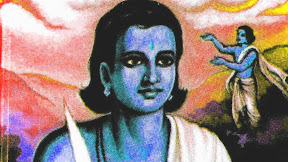The Sacred Mask Dance of Nepal
The masked dance is a sacred ritual that has been practiced in Nepal for centuries. It carries an ancient system of performance art intertwining mythical, human and godly figures combined with stories told in a theatrical style, helping to portray the sacred, mundane and enlightened realities. The mask allows the dancer to enter into a dreamlike state, where they can enact any myth, legend, drama, literature, poetry, dance, and music. Masked dances evoke a range of emotions. The dancers, who wear elaborate masks, are said to have shape-shifting abilities, and the dance is performed with a vital spiritual significance. It is a psychosomatic experience that allows the dancer and the observers to connect with their subconscious minds and tap into a higher level of consciousness. It is a spectacular spectacle and can be intimidating to watch. This is a way to explore strange realms and experience the raw, unconscious form of the universe. The mask is used as a tool to idealize space and c...

